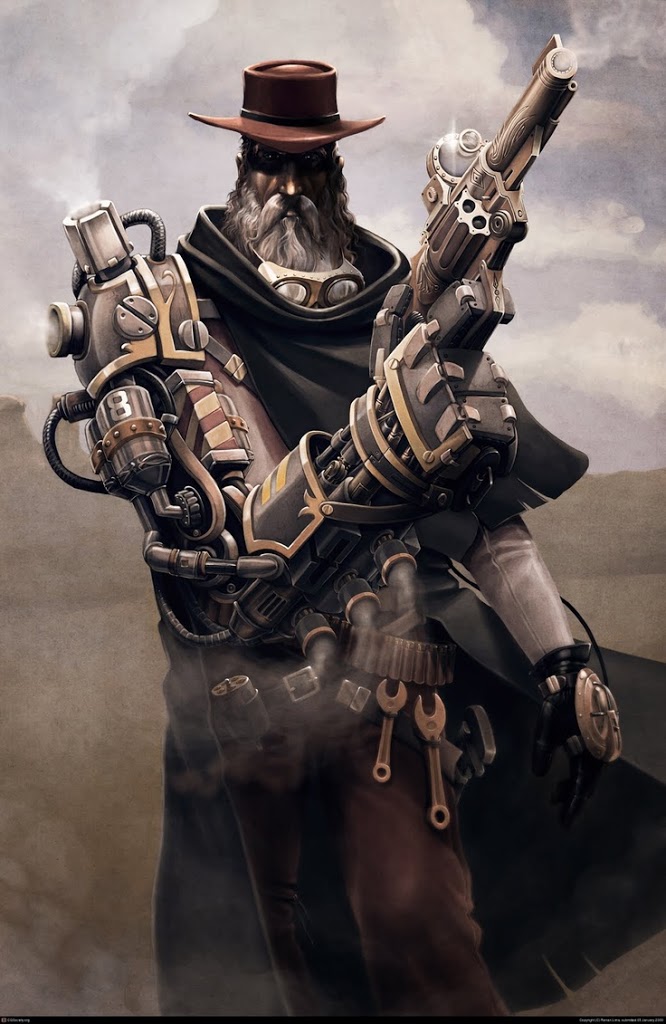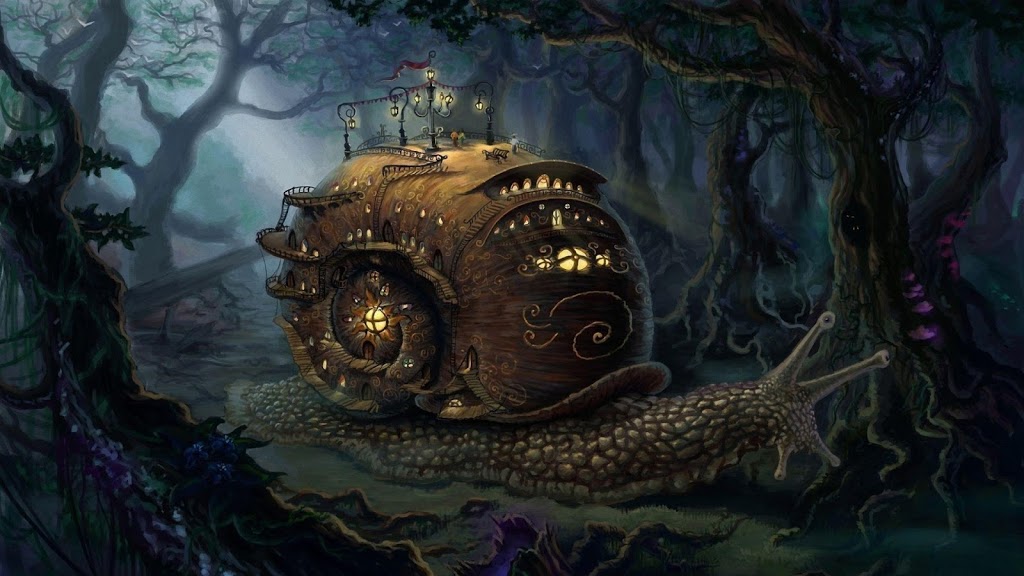 |
| Stolen from Image Search |
This post mentions the Umerican Survival Guide. It’s an excellent third party setting for Dungeon Crawl Classics.
The Umerican Survival Guide is the organized and edited setting book based on the zine, Crawling Under a Broken Moon.
Both of these are great resources for the DCC Judge who wants to add some post-apocalyptic flavor to their games.
Back in the day, I basically grew up playing Rifts and Ninjas & Superspies. Within those two games, cybernetics are featured very prominently. Even though there are classes in those games who specialize in having lots of cybernetic stuff, characters of any class can use cybernetics, albeit to a limited degree.
In a post-apocalyptic world where cybernetics are available, it would make sense for them to be available to everyone, for a price, and full-on cyborgs would be pretty rare (due to initial buy-in cost and then cost of maintenance on top of that).
So in my game, I’m ditching the Cyborg class completely, and making a list of cybernetics that are available to any character. These can be relics from the past found as loot or items that can be purchased and implanted for an expensive fee. Basically, cybernetics in my game are the same as magic items in a fantasy game. Some even have a limited number of ‘charges’ to use their effects before becoming useless. Some cybernetics are simply mimics of normal biological organs used for medical purposes. Others are tools and others are weapons.
Here is a short list of cybernetic parts organized by body location. I haven’t come up with pricing or availability yet. I think it would probably be better for the less complicated items to be used as loot from adventuring (a found pre-apocalypse medical storage facility or something) but I suppose loot could also come from carving stuff out of dead bodies of slain bad guys. It’s your group, man.
Eyes
- Polarized vision
- Thermo-Imaging
- Telescopic
- Video recording
- Microscopic
- Passive Nightvision
- Panoramic vision
- Full Spectrum
Arms
- Multi-tool hand
- Hydrolic extendable arm
- Jackhammer arm
- Sensor hand
- Forearm computer
- Climbing cord
- garrote
- Finger camera
- Palm taser
- Retractable razor nails
- retractable wrist claws (like Wolverine)
- Hydrolic and/or myomer musculature for increased strength
Legs
- Hydrolic and/or myomer musculature for increased speed
- Increased jumping ability
- Hidden compartment
- Tank treads instead of legs
- Four legs instead of two
- Extendable legs
Torso
- Oxygen storage cell
- toxin filter
- Artificial organs
- Hidden compartment
- Scummy chop shop: Cheapest installation price, part works for d4 weeks, 65% chance of infection from non-sterile equipment.
- Decent chop shop: a little more expensive, part works as it should, 50% chance of infection.
- Professional facility: more expensive, parts works as it should, 15% chance of infection.
- Super deluxe facility: very expensive, part works better than it should, no chance of infection
- All abilities of the part are reduced by 25% after the first week of no maintenance.
- Reduce by 50% after the second week
- The part is unusable after the third week




